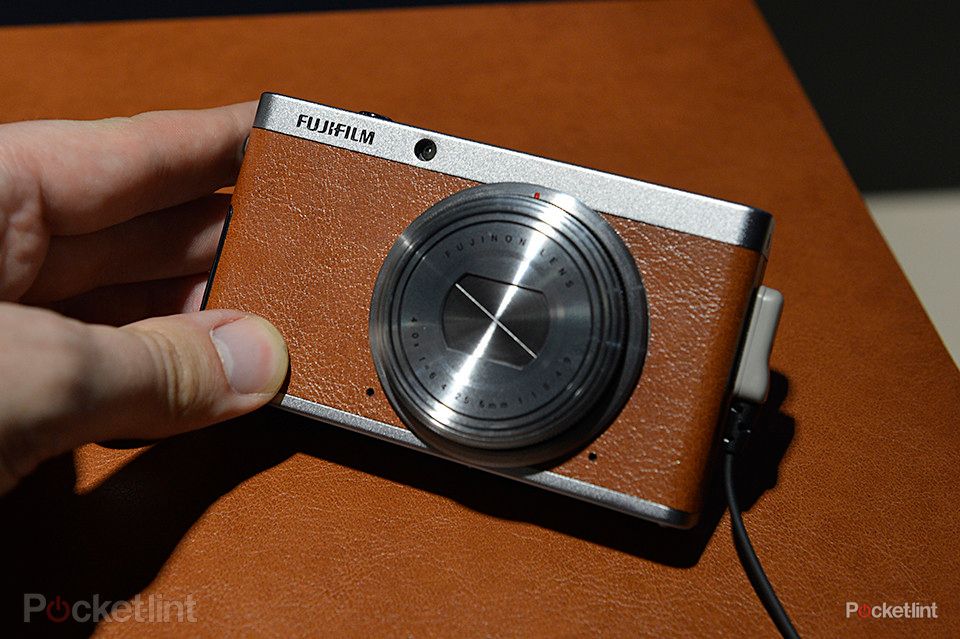Fujifilm's latest X-series camera, the XF1, has landed in Pocket-lint's hands and we've been out snapping with this small-body, large-sensor compact for a long weekend ahead of our full review.
With its 2/3-inch sensor, as found in both the X-S1 and X10 models, the Fujifilm XF1 has familiar pros and cons in the image quality department.
READ: Fujifilm X-S1 review
From what we've seen so far the XF1's sensor and EXR processor combine to make great images, particularly at the lower ISO settings, such as this crisp and bright ISO 200 shot:
The 25-100mm (equivalent) lens also shows off its optical ability, and is capable of resolving sharp images straight out of the camera, as is apparent in the text of this ISO 400 frame:
One standout feature of the Fujifilm XF1 is its f/1.8 maximum aperture, although this is available only at the widest-angle 25mm equivalent setting. Zoom in to the 100mm equivalent, however, and the maximum aperture drops down to f/4.9 - this might keep it aligned with the similar-priced competitors on the market, but it's not a patch of its bigger brother X10 model, for example.
READ: Fujifilm X10 review
This more-limited aperture range means the XF1 is forced into using the higher ISO settings when zooming in, particularly in low-light conditions.
Full-size shots can be captured from ISO 100-3200, and while we'd use shots from any of those given sensitivities, the ISO 1600-3200 range does reveal plenty of JPEG artefacts due to processing. Check out the visible image noise in the sky in this 100 per cent crop of an ISO 1600 frame:
A common moan that both the X10 and X-S1 raised was the presence of "white orbs" where specular highlights "blow out" into white, circular forms. As the XF1 has the same sensor it is open to the very same issue, although processing appears to quash the worst of it. But it is still present in some scenes.
The XF1's lens does produce attractive starbursts from light sources, as seen below in this ISO 100 long-exposure at night, though smaller light sources show some presence of disc-like "blow outs". It's not a big issue for all shots, but be cautious when it comes to shooting into direct light sources.
All in all the £379 price tag sits below the likes of the Canon PowerShot S110 by some £50, which does make the XF1 a very attractive prospect. The pull-out lens design is also rather cool - though more on that feature when we reveal our full and final Fujifilm XF1 review next week.
For now, browse the various ISO sensitivity samples in the image gallery below. Each comes sitting next to its 100 per cent crop to show how processing and image noise affect final image quality.






